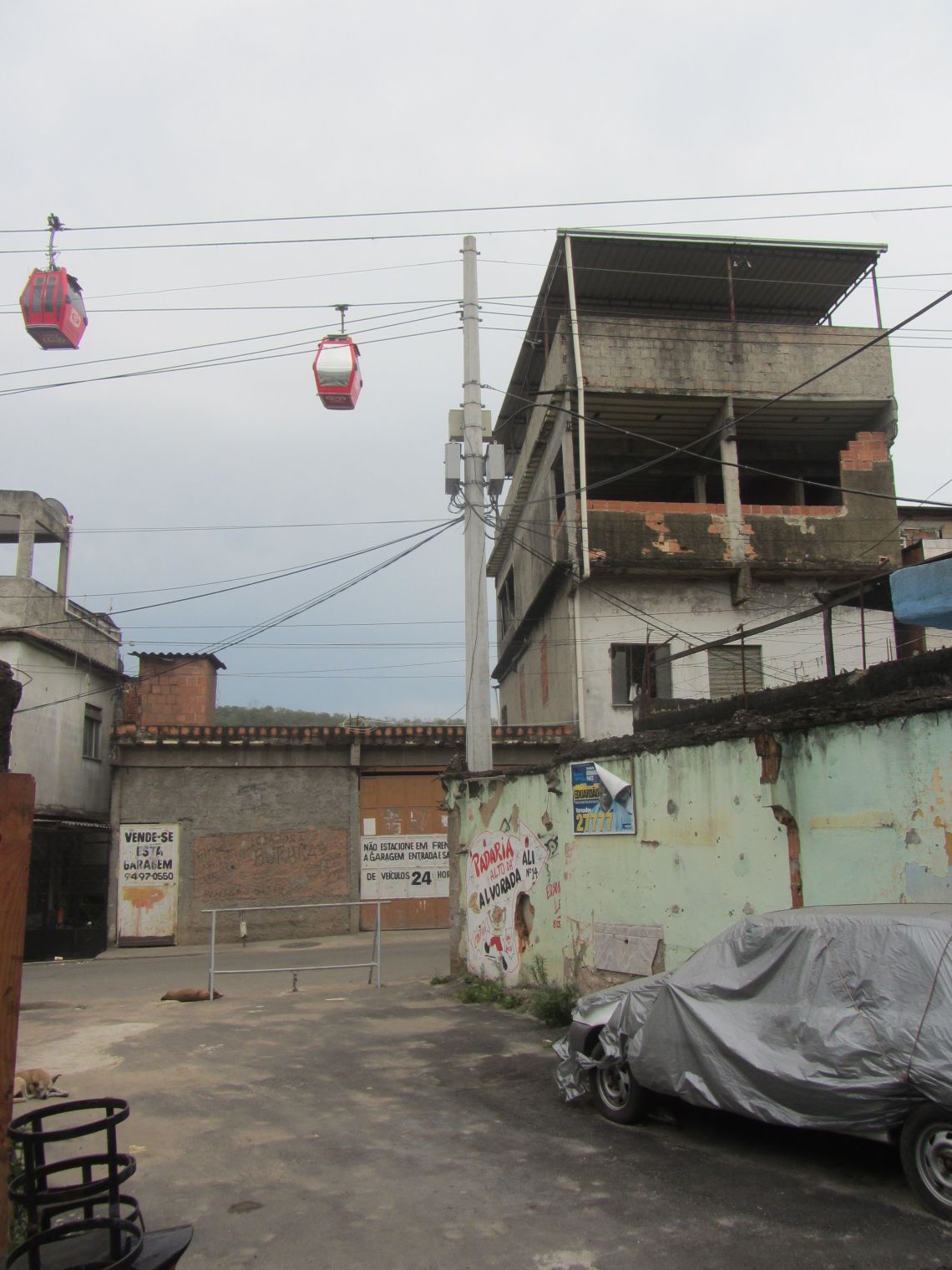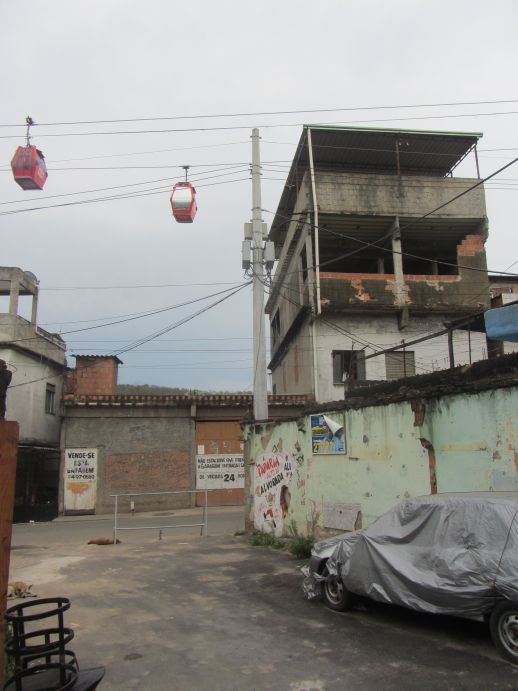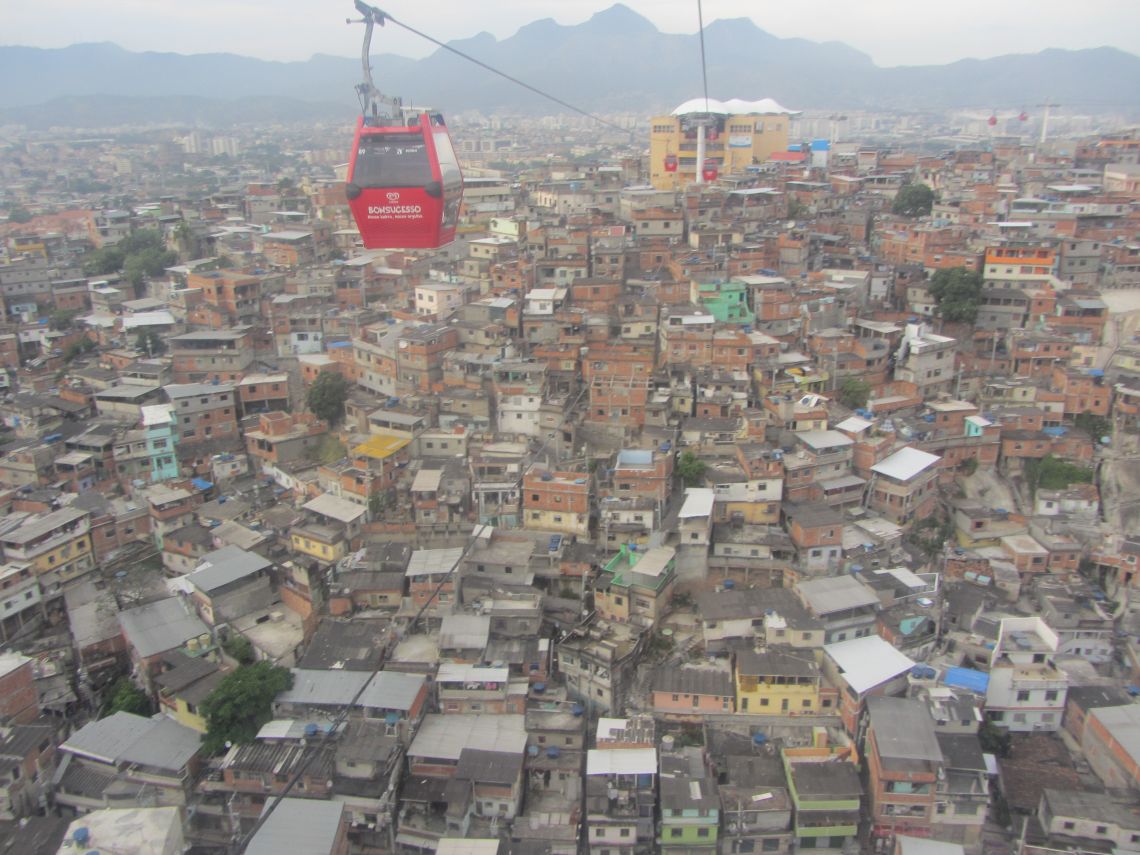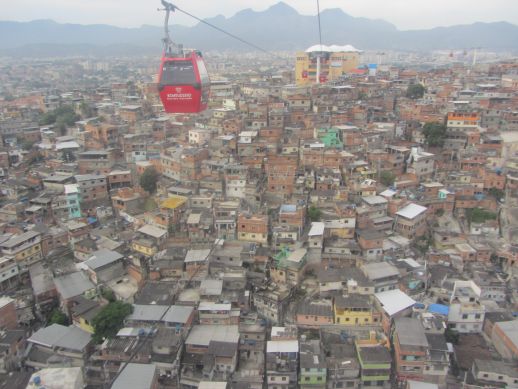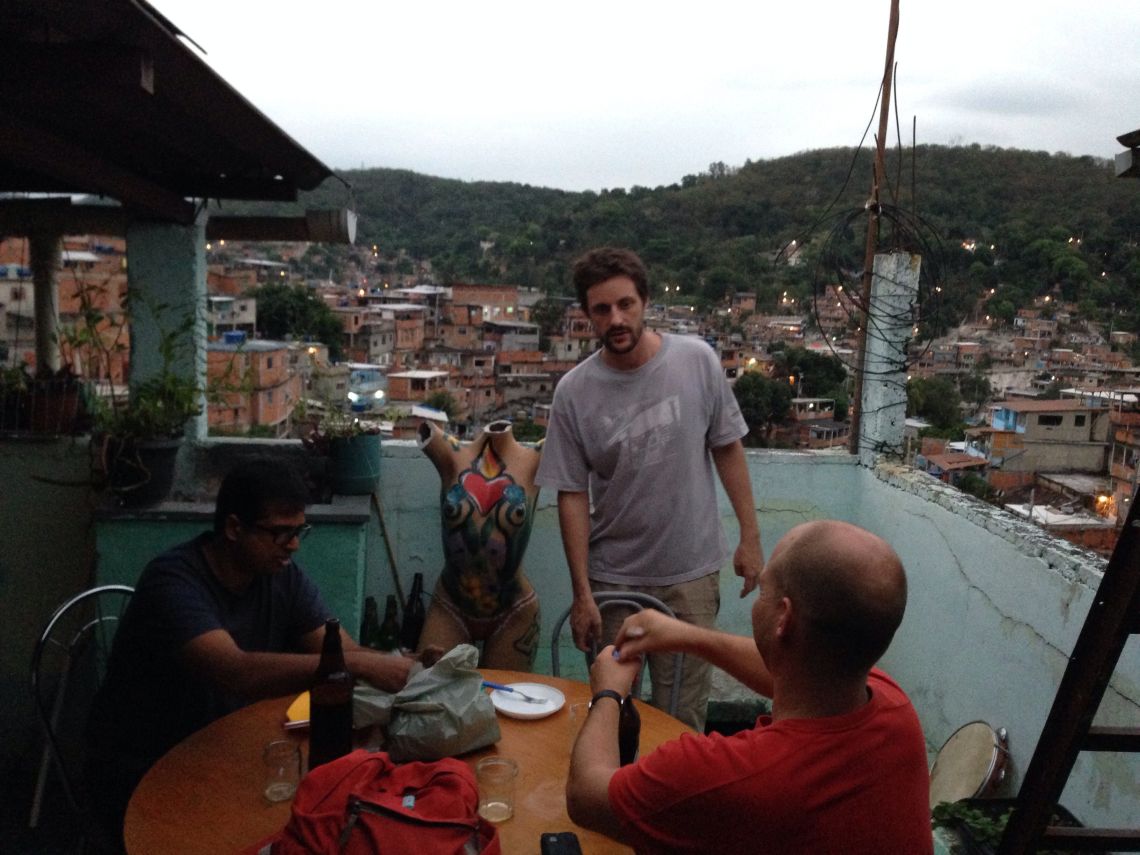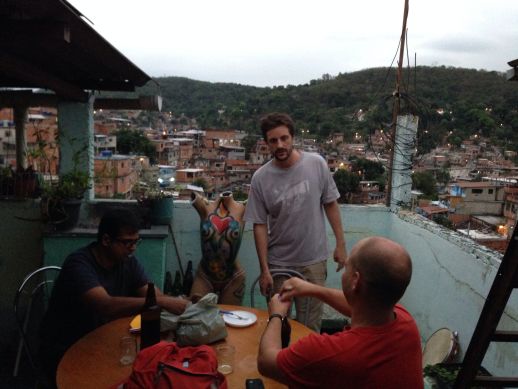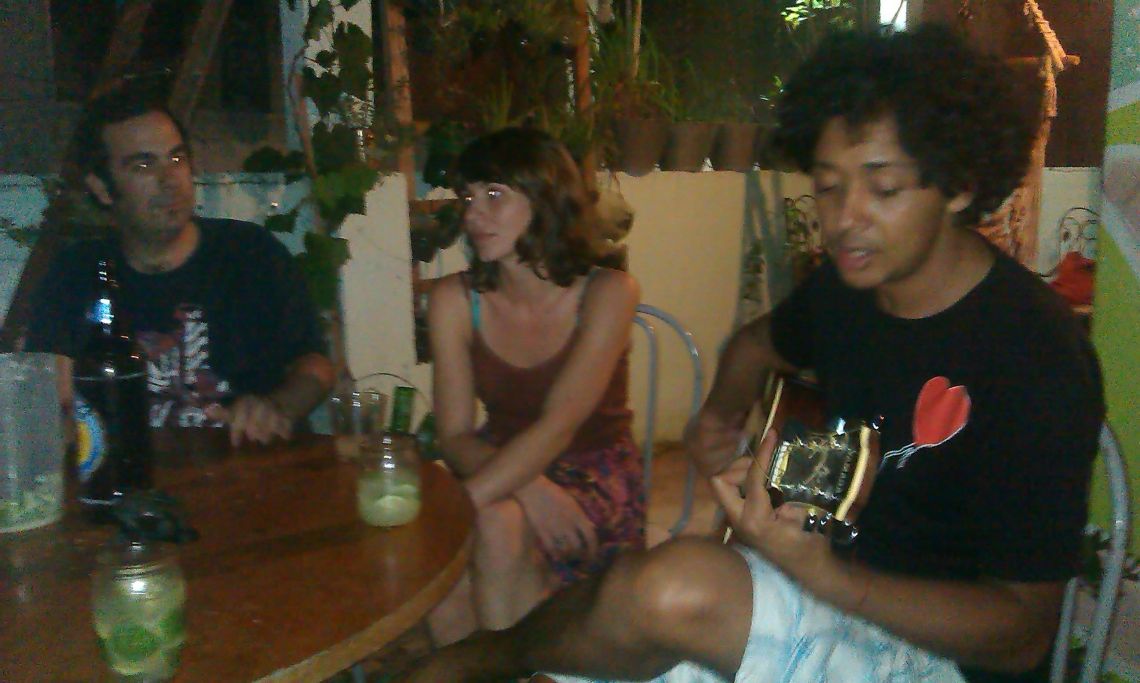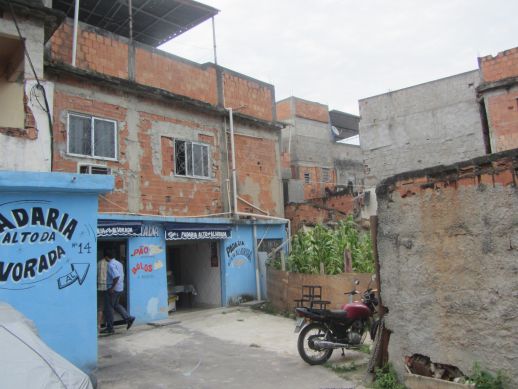Complex is Beautiful

Complex is Beautiful
One of the most unbearable aspects of Brazilian “favelas” is the paranoia that surrounds them. That paranoia creates an extraordinary sense of distance, a psychological firewall of fear between “favelas” and the “asphalto” – as the people on the hills call the concrete city down below.
The association of favelas with violence is so deeply ingrained in people’s imagination that one gets frightened at the simple sight of a hillside neighborhood in Rio. Fear deprives these places of any claim to normalcy. Their complex histories are reduced to simple narratives of oppression and aggression, which justify even more simplistic responses such as forceful “pacification” and not so well-meaning “integration” projects.
Meanwhile, the demands of residents for better sanitation, more schools and cultural spaces, well-adapted transportation systems, and a greater say in urban planning and policy-making are ignored.
In Rio “pacification” is a code word to describe the invasion of neighborhoods by squads of policemen walking around their guns pulled out, ready to shoot. “Integration” often means forcing children into municipal schools far away from their homes -notwithstanding the fact that local educational and cultural facilities are one of the ways a dwelling becomes a neighborhood. Another way “favelas” are being “integrated” is by building expensive infrastructure, usually without any regards for residents’ needs and ideas.
An impressive and highly photogenic cable car was recently built on the hills of Complexo do Alemão, a large area comprising several neighborhoods in the North of Rio that is home to perhaps 200,000 people. Some local voices are questioning the way the project was implemented since it completely bypassed public participation. This piece of infrastructure is reminiscent of the kind of transportation networks that were once designed to connect remote parts of vast, unruly colonial empires.
In many ways, the cable car has helped open Complexo to city (rather than the other way around). Middle-class Brazilian tourists use it to explore a part of Rio that they would never have dared venturing into before. That’s probably a good thing, as it helps break through barriers of fear that has paralyzed the city for two or three decades. However, this curiosity seems to be so far limited to the area immediately surrounding the station. Few people are interested in exploring the area and interacting with residents. It will take time till the city regains the level of trust and relative peace that old-timers say prevailed till the 1980s.
The cable car is touted as a big success by the authorities. An average of 12,000 residents are said to be using it everyday. Not bad, even if it is much less than initially projected. However, the government seems to be more committed to make the city look sexy ahead of the games than to address the mobility issues faced daily by residents. According to Alan Brum of Raizes em Movimiento, a grassroots organization in Complexo, “Alternative transport continues to be discriminated against by the government, despite being the main means of transport for the community” [Rio Watch Oct 2013]. These alternative modes include collective taxis that ferry people up and down the hills quite effectively.
Thanks to Ellen and Eddu of Barraco 55, we could experience Complexo beyond the cable car. Barraco 55 is a local collective that invites and hosts artists, researchers and students. The three days we spent with them were easily our best ones in the city. The neighborhood is far less threatening from inside as from above. What we saw were kids playing in the street, people walking by with grocery bags, old and young socializing, residents smiling and being themselves. The neighborhood had a great vibe.
After a relaxed evening on the roof of Barraco 55, we went out to the street where music was blasting at a multitude of bars. What we were really looking for was a party where we could hear Carioca bass and exercise our twerking moves. We did find that place and the night stretched into the morning.
We didn’t stay long enough to experience the hard edge of Complexo. The most extreme we have seen (besides that night out) were police patrols, which seemed to be straight out of Kashmir. Although on the surface things seemed all right, we heard about the day-to-day difficulties of living in a marginalized community where many people struggled to secure access to basic necessities.
In that sense, Complexo wasn’t very different from what we know in Mumbai. Mumbai’s homegrown neighborhoods seem even more deprived of infrastructure and a lot busier, but the basic fabric is similar: unplanned, incremental developing habitats with a strong local economic base and dense social networks. The porosity of these neighborhoods makes them easy prey to predators, whether they are drug dealers or corrupt politicians. They need to be protected, not pacified.
In Brazil, there has been some sort of acknowledgement during the last few decades that the emergence of gang related violence in favelas is not something endemic to the neighbourhoods and its people, but historically connected to the emergence of a global drug syndicate that used them as hideouts and battlefronts. Except for this, and by building on occupancy rights that have become somewhat secure thanks to a Supreme Court ruling, these neighbourhoods could become extremely desirable habitats.
This, admittedly is a fleeting acknowledgment. Between the highly militarized pacification programs and the tourist oriented, cable car generated favela show, there is a loop-hole that allows massive, highly problematic interventions to take place. These are connected to a limited urban planning imagination; one which mistakes order and functionality to be signs of good cities.
No matter how talented, no architect can come up with a project that embodies the complexity of a habitat that was generated over time by its users. They enmesh cultural and community bonds into the physical components of the structures making them living things. It is these neighborhoods, as much as Ipanema and Copacabana, that give Rio its special vibe.
And if the gun shots that ring through them are not historically understood as being part of a larger issue – in which many players are involved, all that is good in them will be ignored. The places themselves will be reduced to fiery identities, trapped within generic labels like “favela” when each of them have names, special histories and are more than worthy of being referred to by them.
Complexo do Alemão is best known to us as just that and we see little reason why the world can’t know it through its proper name and the name of the smaller neighborhoods within it. Complexo has, indeed, a complex history, and also a bright future, if only we allow it to be fully expressed.
